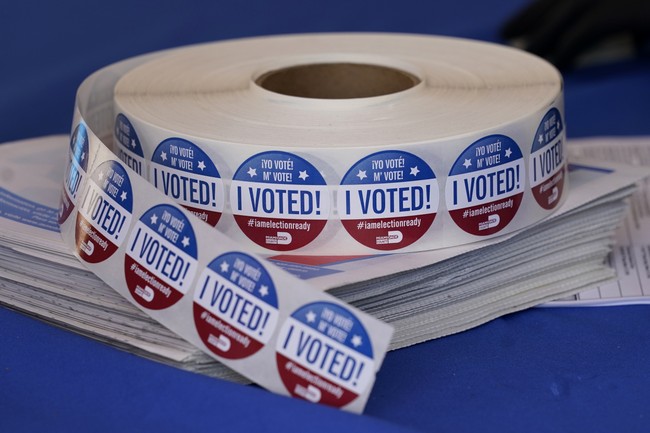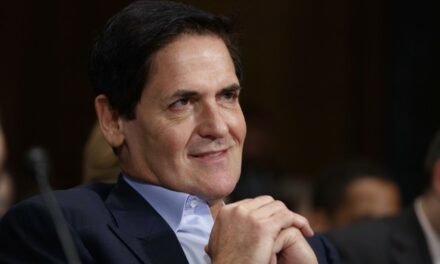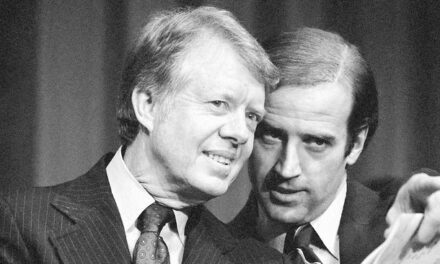We support our Publishers and Content Creators. You can view this story on their website by CLICKING HERE.

Citing conventional wisdom or an “appeal to authority” will reach out and bite you every time. The proverbial “appeal to authority” in an argument only works when the “authority” is credible.
Advertisement
The conventional wisdom that the 2024 presidential race is razor-close is based on polls. Frankly, pollsters themselves are warning us not to trust their work.
“There are a lot of sh***y polls out there,” said John Anzalone, who has done polling work for Joe Biden, Hillary Clinton, and Barack Obama. And, added Greg Strimple, a Republican pollster, many hardcore Donald Trump voters aren’t responding to polls at all, especially online polls.
Since the polling fiasco of 2016, pollsters have been playing catchup. They’ve tried different means to contact voters, including landlines, cell phones, texts, and door-to-door. It’s not just Trump voters who are avoiding pollsters. Blacks, young women, and Latinos are also refusing the call of pollsters, thus skewing polls even more.
The bottom line is that what was once considered statistical analysis has now devolved into something little better than educated guessing. How to “weight” answers to create an accurate picture of the electorate has never been dicier.
So we have all these polls purporting to show a close race. But what happens if it isn’t really close? What if one candidate or the other is actually far ahead?
Conrad Black, writing in the New York Sun, points out the obvious but something most pundits neglect in their analysis of polls, especially national polls.
Advertisement
As I have mentioned here before, this means that if allowance is made for the fact that the Democrats carry California and New York (82 electoral votes) by almost 5 million more votes than the Republicans comfortably carry Texas, Florida, and Tennessee (81 electoral votes), Trump is leading by about 8 million votes in the other 45 states.
Most of the swing states are close but Trump is almost always underestimated, and he does have the momentum. An increasing number of commentators, most recently Megyn Kelly, have pulled the curtain back and flatly stated the obvious that the Democratic presidential candidate is someone about whom two-thirds of Americans were embarrassed as vice president two months ago. And she is just as hapless as her outgoing president without a teleprompter and without the excuse of age that should be accorded to Mr. Biden. This should not be a close election and only the Democratic stranglehold on the morally bankrupt majority of the national political press make it seem close.
With pollsters still unable to get an accurate head count of Trump voters, national polls are unreliable. State polls are a little less so, meaning that in battleground states, undercounting Trump’s support is a more manageable problem for pollsters due to the smaller data set.
Advertisement
But even “accurate” polls can represent a “different view of reality,” according to Pew Research. Many polls typically have a margin of error of less than 3%, which “leads people to think that polls are more precise than they really are.” But this margin “addresses only one source of potential error: the fact that random samples are likely to differ a little from the population just by chance.”
On the other side of the coin, undercounting the young, minorities, and other Democratic-aligned constituencies could mean that Harris is further ahead than the polls might suggest. Or might the undercounting of both Trump and Harris supporters lead to the whole polling process being a wash?
I’m not saying that polls are useless. Some polls, especially many state polls, are honest snapshots of where the race is at a particular point in time as best the pollster can say. But forecasts from sources like FiveThirtyEight and RealClearPolitics are next to useless.

 Conservative
Conservative  Search
Search Trending
Trending Current News
Current News 







